Search Images
Browse Content (p. 1792)
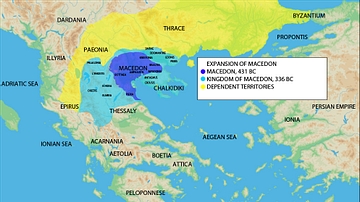
Image
Map of the Expansion of Macedon
A map showing the expansion of Macedon, around the time of the Peloponnesian War, between 431 - 336 BC.
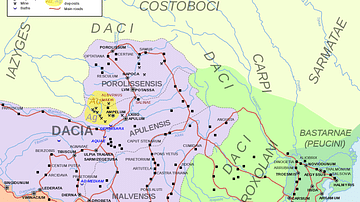
Image
Map of Roman Dacia
Map of the Roman province of Dacia, part of modern-day Romania and Serbia, between the era of Trajan (106 CE) and the evacuation of the province in 271 CE. Roman settlements and legion garrisons with Latin names included.
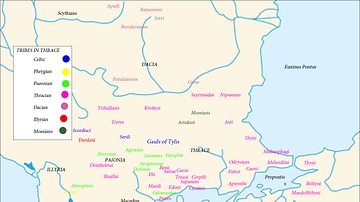
Image
Map of the Tribes in Thrace
A map showing the major tribes in Thrace and the surrounding regions.
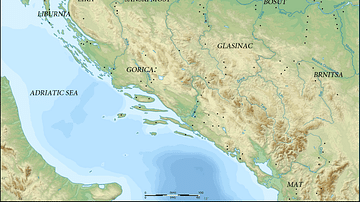
Image
Map of Prehistoric Illyria
A map showing the sites and cultures of prehistoric Illyria.
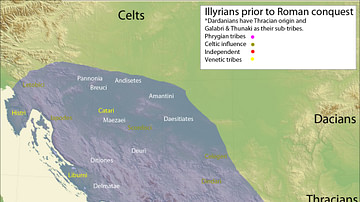
Image
Map of the Illyrian Tribes
A map showing the Illyrian tribes prior to Roman conquest, including Phrygian tribes, Venetic tribes, independent tribes, and those under Celtic influence.
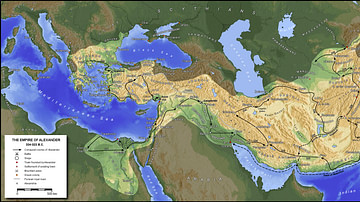
Image
The Empire of Alexander the Great
A map showing the Empire of Alexander the Great, his conquests, and the routes he took (334 BC - 323 BC). Major cities, roads, and battles are indicated.
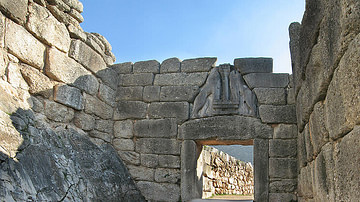
Image
Lion's Gate at Mycenae
The famous Lion's Gate in the ruins of Mycenae.
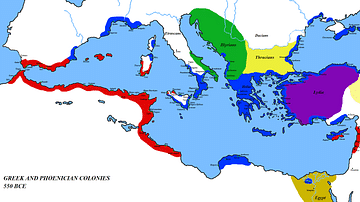
Image
Map of the Mediterranean 550 BC
A map of the Mediterranean around 550 BC, showing the major cultures:
Greece and its colonies
Phoenicia and its colonies
Lydia
Egypt
Persia
Thrace
Illyria
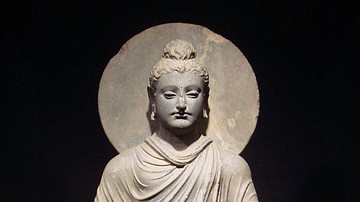
Image
Buddha Statue, Gandhara
One of the first representations of the Buddha, 1st-2nd century CE, Gandhara: Standing Buddha. (Tokyo National Museum)

Image
Buddha with Hercules Protector
Heracles depiction of Vajrapani as the protector of the Buddha,
2nd century AD Gandhara, British Museum.